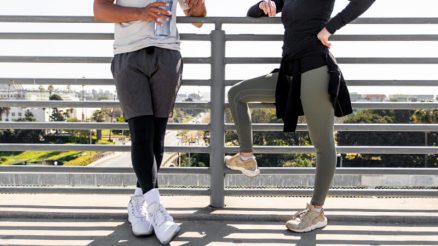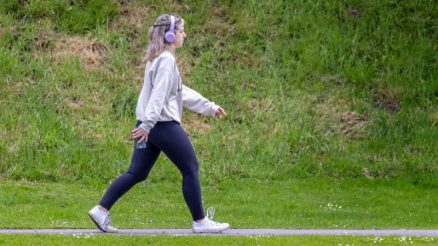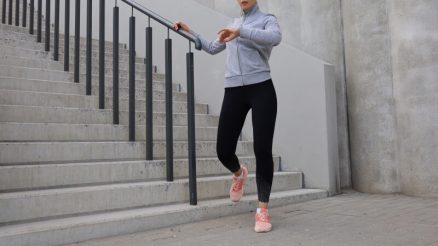Walking barefoot, also known as “earthing” or “grounding,” is an ancient practice that has gained renewed attention in modern wellness circles. Advocates claim it offers a range of physical and mental health benefits, but there are also important considerations and risks involved. Let’s explore the pros and cons of walking barefoot in detail.
Pros of Walking Barefoot
1. Strengthens Foot Muscles and Joints: Walking barefoot encourages the natural engagement of the muscles, tendons, and ligaments of the foot. Without the support and cushioning of shoes, these structures must work harder, promoting strength, stability, and flexibility.
2. Improves Balance and Proprioception: Barefoot walking enhances proprioception, the body’s ability to sense movement, action, and location. Feeling the ground directly improves balance and coordination, which is especially beneficial for aging adults or those recovering from injuries.
3. Enhances Posture: Shoes, especially those with elevated heels or excessive arch support, can alter natural posture. Walking barefoot may encourage better alignment of the spine, hips, and knees, leading to improved posture over time.
4. Promotes Natural Gait: When barefoot, people tend to adopt a midfoot or forefoot strike rather than a heel strike. This natural gait reduces the impact forces on joints such as the knees and hips.
5. May Reduce Inflammation: Some research on “grounding” suggests that direct contact with the earth’s surface electrons can have anti-inflammatory effects, potentially benefiting those with chronic pain or autoimmune conditions. However, more high-quality studies are needed.
6. Offers Mental Health Benefits: Walking barefoot outdoors, especially on natural surfaces like grass, sand, or soil, can provide a calming sensory experience. It connects individuals with nature, which may reduce stress and enhance overall well-being.
Cons of Walking Barefoot
1. Risk of Injury: Without the protection of shoes, feet are vulnerable to cuts, puncture wounds, scrapes, and burns. Sharp objects, hot pavement, or uneven surfaces pose significant risks, particularly in urban environments.
2. Increased Exposure to Infections: Barefoot walking, especially in public or damp areas, can expose the feet to bacteria, fungi, and parasites. Conditions like athlete’s foot, plantar warts, and hookworm infections are concerns, especially when walking on contaminated ground.
3. Lack of Support for Certain Foot Conditions: Individuals with flat feet, plantar fasciitis, or other structural foot problems may require additional support that barefoot walking does not provide. Going barefoot can sometimes exacerbate pain or lead to further complications.
4. Slow Adaptation Period: Transitioning to barefoot walking requires time and gradual adaptation. Muscles, tendons, and skin need time to strengthen and toughen. Abrupt changes can lead to soreness, tendonitis, or stress fractures.
5. Environmental and Weather Limitations: Walking barefoot isn’t practical in all environments or climates. Extreme heat, cold, rocky terrain, or polluted areas can make barefoot walking uncomfortable or unsafe.
Tips for Safe Barefoot Walking
- Start Slowly: Begin with short sessions on soft, clean surfaces like grass or sand.
- Strengthen Gradually: Allow time for your muscles and tissues to adapt.
- Be Vigilant: Watch where you step to avoid injuries.
- Maintain Hygiene: Wash your feet thoroughly after barefoot walks.
- Use Minimalist Footwear if Needed: If fully barefoot isn’t feasible, consider minimalist shoes that allow natural movement while providing some protection.
Conclusion
Walking barefoot can offer numerous physical and mental health benefits, from strengthening the feet to promoting a sense of connection with nature. However, it is not without risks, and it may not be suitable for everyone. With careful practice, good hygiene, and attention to the environment, barefoot walking can become a safe and rewarding addition to a healthy lifestyle.
As always, individuals with existing foot problems or medical conditions should consult a healthcare provider before making significant changes to their walking habits.








